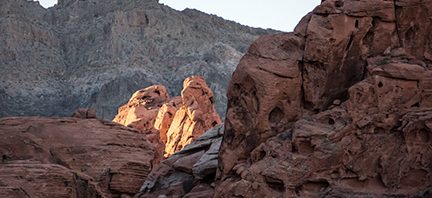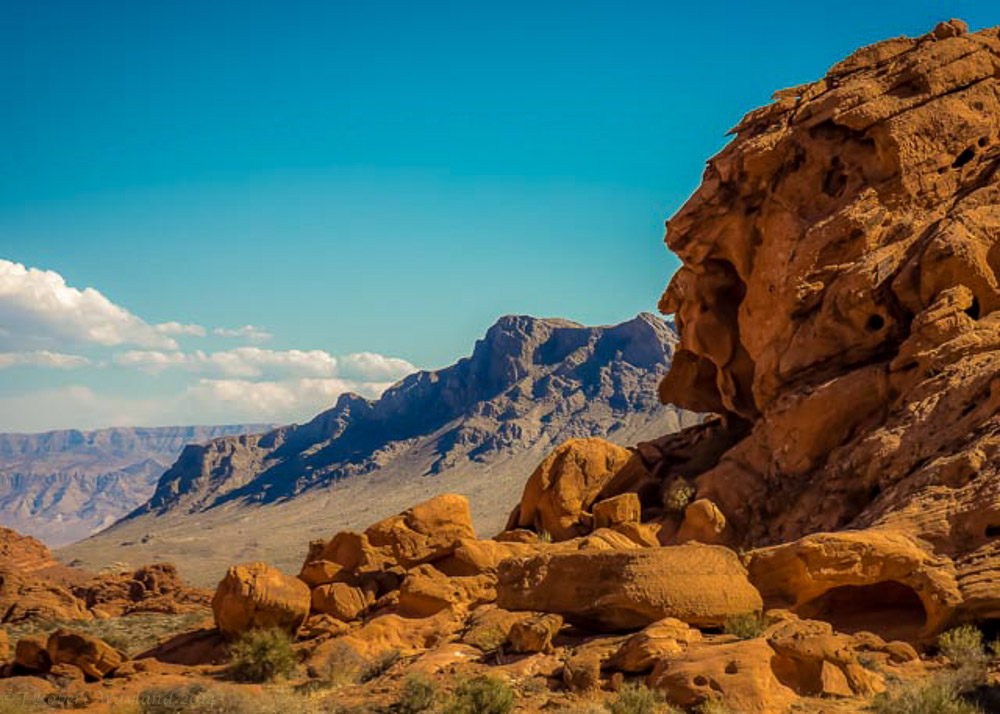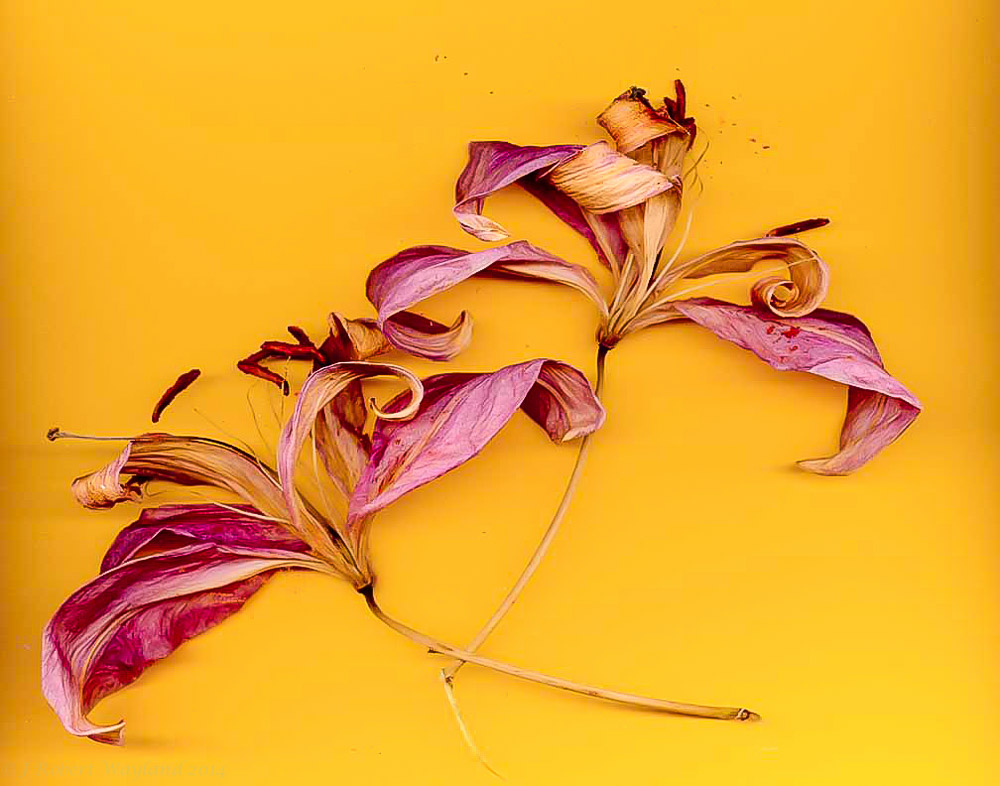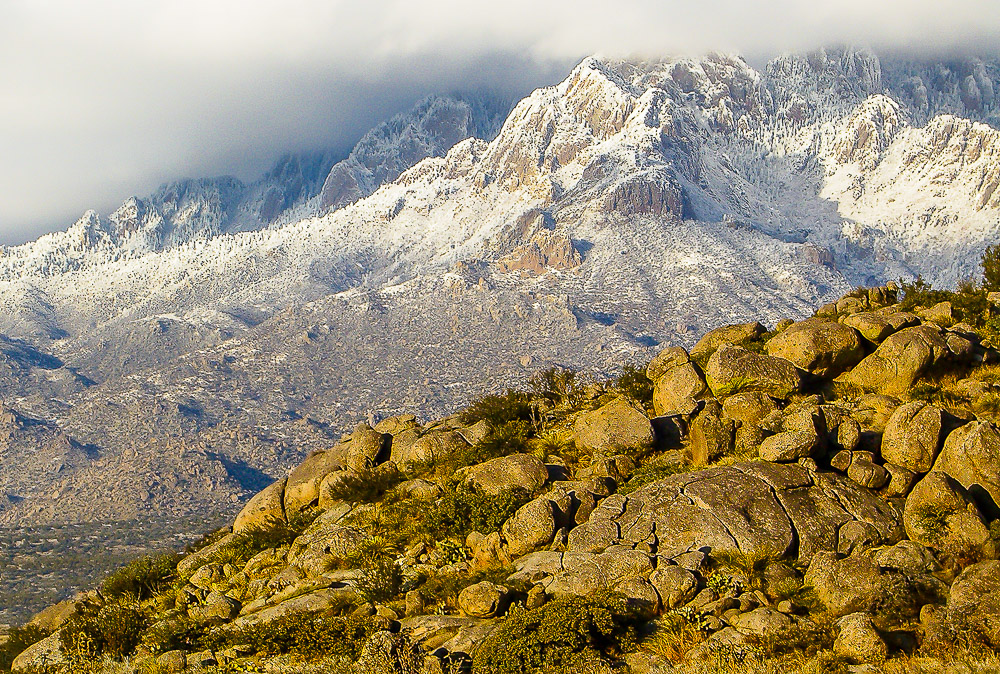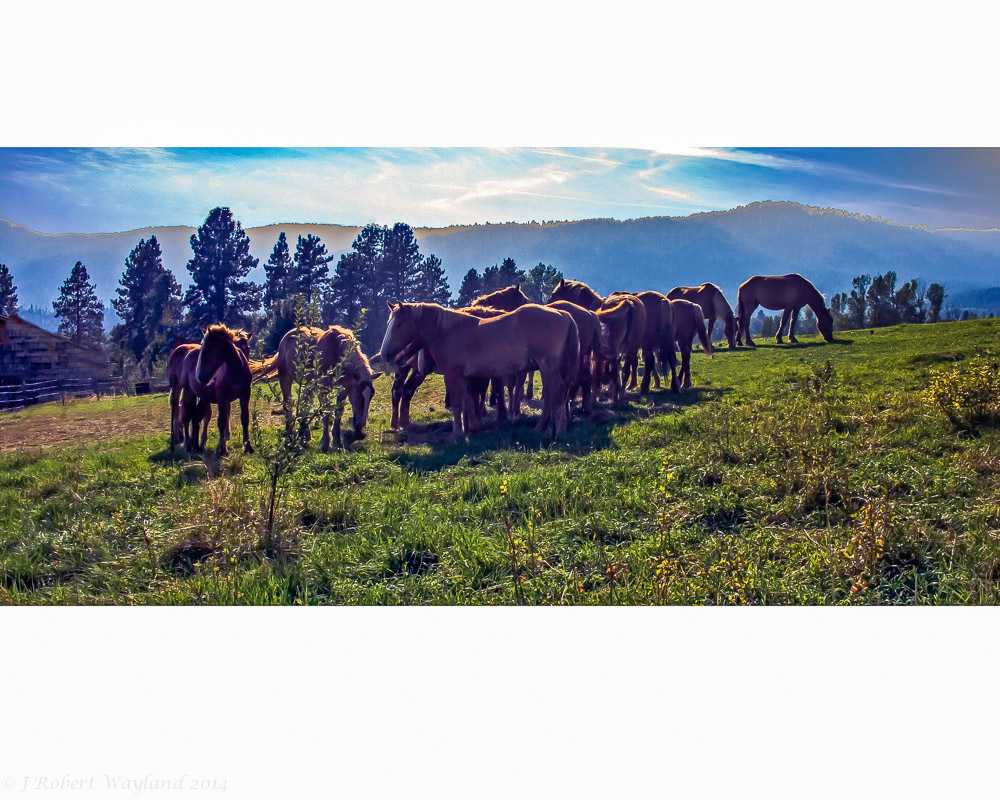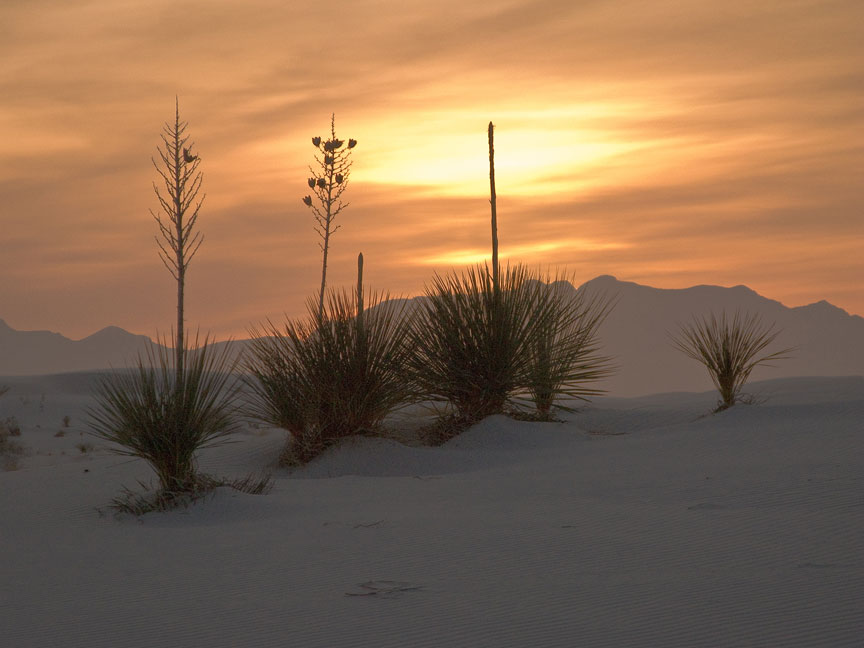Let me digress just a little. It is impossible for me to learn or perform a new activity unless I have an understanding of the underlying causes and principles. I learned a long time ago the act of teaching forces you to have this understanding if you want to avoid a lot of embarrassment. You should also impose the requirement that you must be able to successfully teach it to a 10 year old.
When we first start understanding what we are observing, physiological and psychological responses are working at a breakneck speed. This means that from a very early age, we are forming concepts of composition that guide our eyes and form an interpretation of images; this is our outlook on the world around us, concepts that are unique to each of us. As we gain more and more knowledge, not only of artistic endeavors, but also from our experiences in the world, we form a unique set of compositional rules; perhaps it is better to call them guidelines. So as I have asked before: “What is the relationship of your psychological compositional guidelines to those of formal art training?”
To begin let’s consider the emerging field of cognitive neuroscience. This chronicling of our mind’s working has put on solid ground many of the psychology principles governing what we are talking about, visual perception. In learning this new field there were two things that jumped out for me: first each of us have our own unique composition rules and second, some, but not all, of the composition laws of formal art training are hard wired into our brains.
So I wrote a book, The Mind’s Eye Guide to Composition, (available as an e-book at most on-line e-book sellers: the book is now out in a second edition that more fully outlines the science giving you a working chance to read the scientific literature.) to understand where our “rules” of composition come from. My goal is to give you an understanding of how cognitive processes influence composition in the visual arts, then to compare the psychological processes to conventional (read cultural) compositional “laws”, and in so doing establish some of the underlying principles of Cognitive Photography.
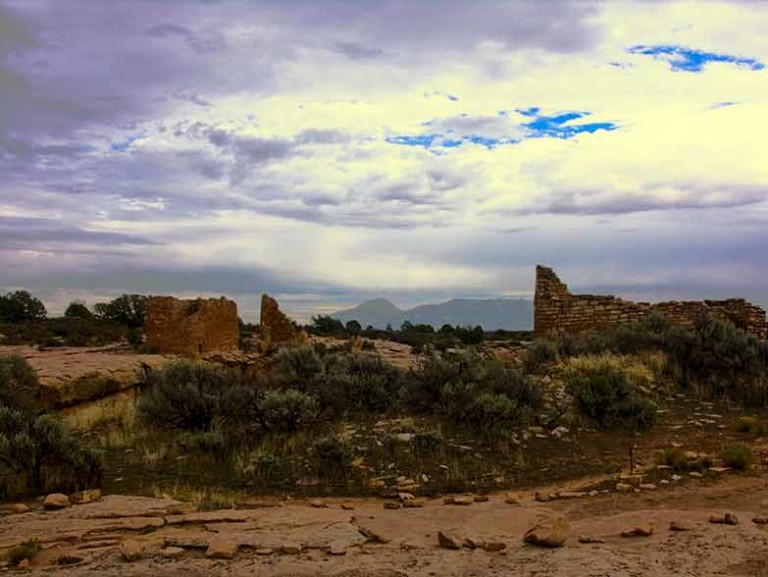
I am in the process of establishing categories for my images and will provide an organized portfolio soon. For now here are a few random images:
